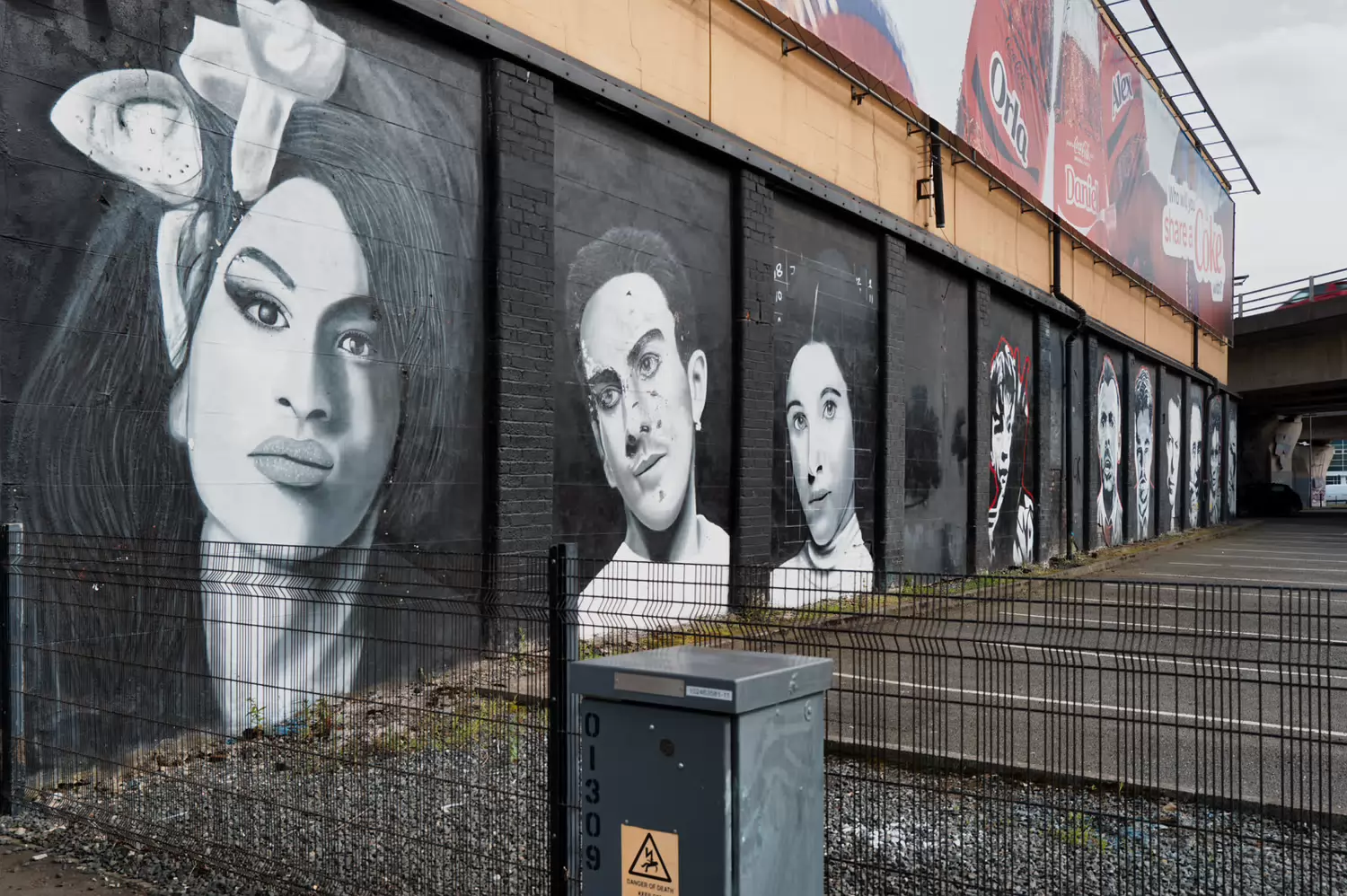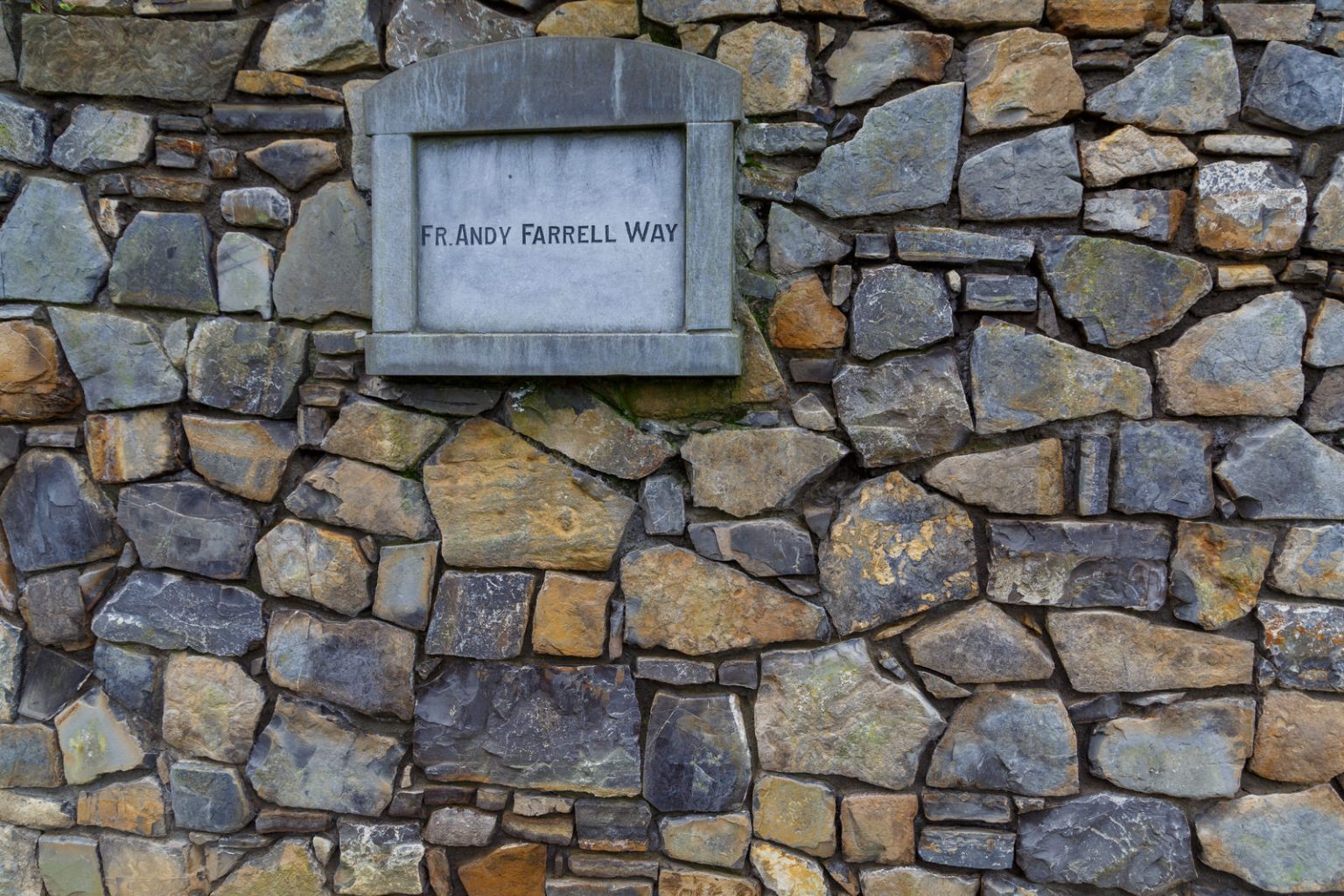Sculpture in Context returns to the National Botanic Gardens and will celebrate its 40th Anniversary this September
Thursday 4th September to Friday 10th October 2025
Sculpture in Context is the largest dedicated sculpture exhibition in Ireland. This unique exhibition will show a diverse range of sculptures by renowned and emerging contemporary artists, each of whom brings a fresh perspective and innovative approach to their work. Set against the backdrop of vibrant plant life and breathtaking natural scenery, Sculpture in Context will offer an immersive experience for visitors in the historic surroundings of the National Botanic Gardens.









